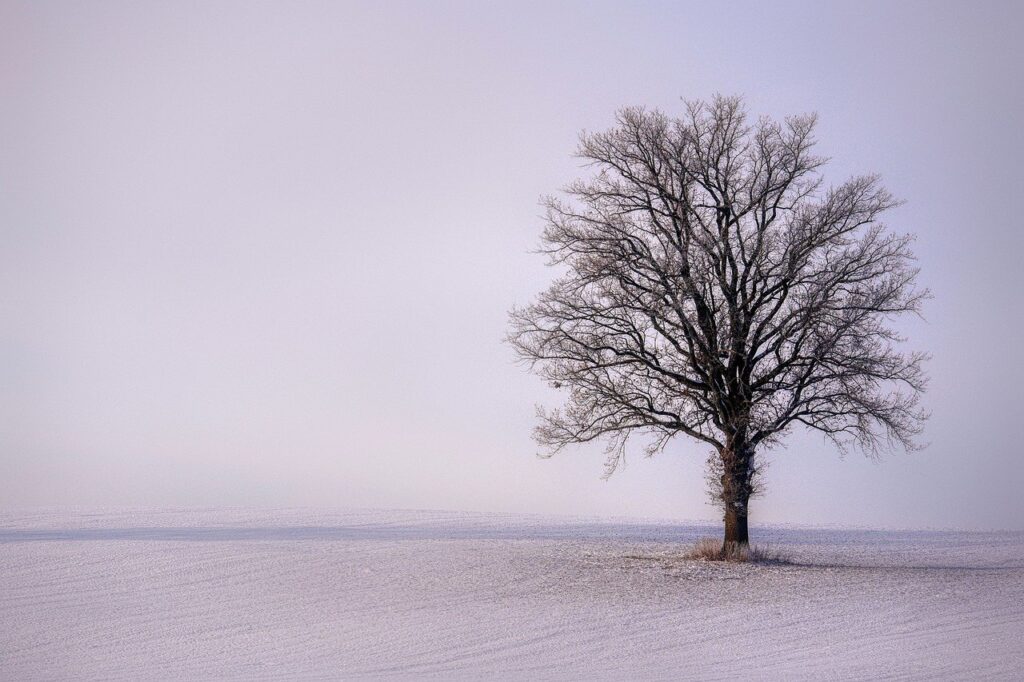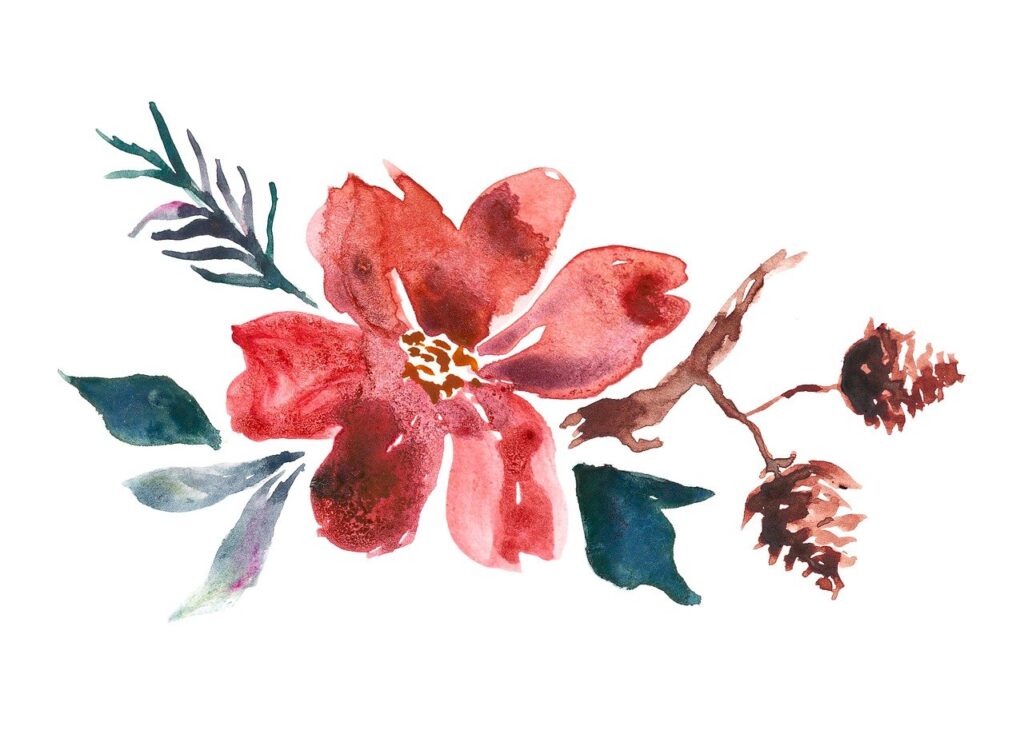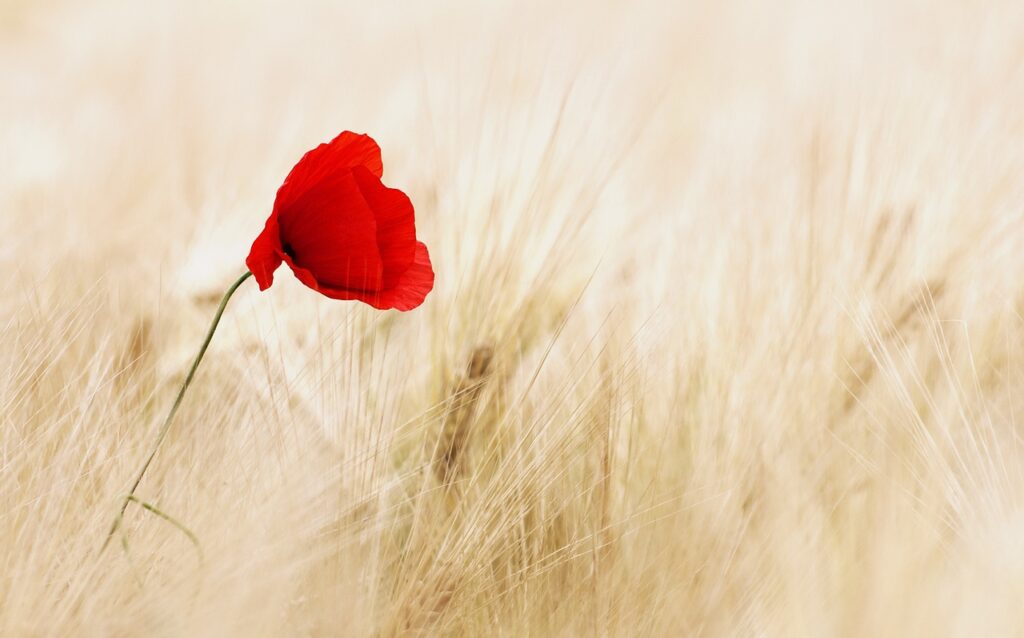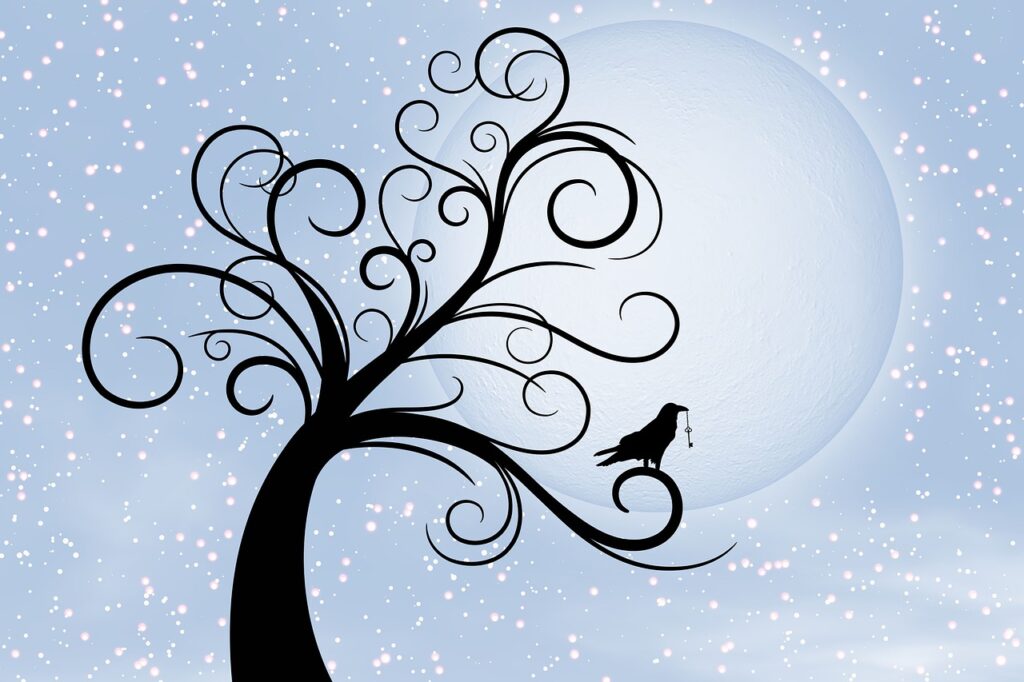Ever stared at a blank canvas and wondered how to infuse it with layers of meaning and emotion? The secret lies in mark making. From bold strokes to delicate lines, mark making can turn a simple piece of paper into a storytelling masterpiece. Let’s dive into what different mark makings represent in mixed media art and how you can use them to convey powerful messages.
Understanding Mark Making in Mixed Media Art
What is Mark Making?
Mark making is the process of creating a variety of lines, patterns, and textures on a surface. These marks can be created using different tools and techniques, each bringing its own unique expression to the artwork.
- Lines: Straight, curved, jagged, or wavy.
- Dots: Small points or spots.
- Textures: Rough, smooth, or varied surfaces.
- Patterns: Repeated designs or motifs.
Why is Mark Making Important in Art?
Mark making is fundamental because it:
- Adds Texture and Depth: Makes artwork more visually interesting.
- Conveys Emotions: Different marks evoke different feelings.
- Tells a Story: Each mark can represent an element of the narrative.
Types of Marks and Their Meanings
1. Bold Strokes
Representation: Strength, confidence, and assertion.
Usage:
- Creating Bold Strokes: Use a large brush, palette knife, or even a spatula to create thick, sweeping lines. Load your brush with paint, and apply it with decisive, confident movements. This technique can bring a powerful, assertive energy to your piece.
- Conveying Emotions: Bold strokes are great for conveying strong emotions like anger, passion, or determination. They can dominate the composition, drawing the viewer’s eye and creating a focal point.
- Balancing the Composition: Use bold strokes sparingly to avoid overwhelming the piece. Balance them with softer elements to create a dynamic contrast.
2. Delicate Lines
Representation: Fragility, gentleness, and subtlety.
Usage:
- Creating Delicate Lines: Use fine-tipped brushes, pens, or pencils. Hold the tool lightly and use minimal pressure to create thin, delicate lines. This technique requires a steady hand and patience.
- Adding Intricate Details: Delicate lines are perfect for adding intricate details to your artwork. They can outline shapes, create fine patterns, or add texture without overwhelming the composition.
- Conveying Emotions: Use delicate lines to evoke feelings of fragility, vulnerability, or calmness. They can soften the overall look of your piece and add a sense of intimacy.
3. Jagged Edges
Representation: Chaos, tension, and conflict.
Usage:
- Creating Jagged Edges: Use a dry brush, palette knife, or even a piece of cardboard to create rough, uneven lines. Scrape or drag the tool across the surface to create jagged, erratic marks.
- Depicting Turmoil: Jagged edges can effectively convey turmoil or instability. Use them to depict chaotic scenes, emotional tension, or conflict within your artwork.
- Balancing with Softer Elements: Balance jagged edges with smoother, calmer areas to create a sense of contrast and highlight the chaotic elements of your piece.
4. Smooth Curves
Representation: Calmness, flow, and harmony.
Usage:
- Creating Smooth Curves: Use a round brush, sponge, or your fingers to create smooth, flowing lines. Move your hand in a continuous, fluid motion to achieve graceful curves.
- Conveying Emotions: Smooth curves can convey feelings of calmness, serenity, and harmony. They create a sense of flow and continuity in your artwork.
- Enhancing Composition: Use smooth curves to guide the viewer’s eye across the composition, creating a sense of movement and connecting different elements harmoniously.
5. Repeated Patterns
Representation: Repetition, routine, and structure.
Usage:
- Creating Repeated Patterns: Use stamps, stencils, or simply freehand to create repeated patterns. Choose shapes or motifs that fit your theme and repeat them consistently across the piece.
- Establishing Rhythm: Repeated patterns can establish a visual rhythm, making the composition feel organized and structured. They can create a sense of order and predictability.
- Cultural Motifs: Incorporate cultural or symbolic patterns to add deeper meaning to your artwork. Repeated patterns can convey cultural references, traditions, or personal symbolism.
Techniques for Mark Making
6. Sgraffito
Representation: Depth, volume, and texture.
Technique: Scratching into a surface to reveal underlying layers.
Usage:
- Creating Sgraffito: Apply a layer of paint or another medium, then scratch into it with a pointed tool, like a needle or a toothpick, to reveal the layer beneath. This technique adds texture and contrast.
- Adding Depth: Use sgraffito to create a sense of depth and dimension. Scratch intricate designs or patterns into the surface to reveal contrasting colors or textures below.
- Highlighting Layers: Sgraffito can highlight the multi-layered nature of your artwork, revealing hidden elements and adding a sense of complexity and intrigue.
7. Dry Brushing
Technique: Using a dry brush with little paint to create a textured effect.
Usage:
- Creating Dry Brush Effects: Dip a dry brush lightly into paint, then wipe off most of the paint before applying it to the surface. The brush should be almost dry. Use light, quick strokes to create a textured, uneven application.
- Adding Rough Textures: Dry brushing is perfect for adding rough, textured effects. It can suggest age, wear, or ruggedness, giving your artwork a more tactile, weathered look.
- Highlighting Details: Use dry brushing to highlight raised areas or textures, adding subtle details and depth to your piece.
8. Stippling
Technique: Creating images with small dots.
Usage:
- Creating Stipples: Use a fine-tipped brush, pen, or even a toothpick to apply small dots of paint or ink. Place the dots close together for darker areas and further apart for lighter areas.
- Shading and Gradients: Stippling is excellent for creating detailed shading and gradients. The density of the dots can create smooth transitions between light and dark areas.
- Adding Intricate Details: Use stippling to add intricate details and textures, making your artwork more visually engaging and detailed.
9. Cross-Hatching
Technique: Drawing intersecting sets of parallel lines.
Usage:
- Creating Cross-Hatching: Use a pen, pencil, or fine brush to draw sets of parallel lines that intersect at various angles. The closer the lines, the darker the area will appear.
- Adding Depth and Dimension: Cross-hatching is ideal for adding depth and dimension to your artwork. It can create a sense of volume and form.
- Enhancing Textures: Use cross-hatching to enhance textures and create intricate patterns, adding a rich layer of detail to your piece.
10. Collage Elements
Technique: Adding pieces of paper, fabric, or other materials.
Usage:
- Creating Collages: Cut or tear pieces of paper, fabric, or other materials and glue them onto your surface. Experiment with different textures and colors to create a layered, multi-dimensional effect.
- Enhancing Texture and Color: Collage elements can introduce different textures and colors, enriching the visual and tactile quality of your artwork.
- Telling a Story: Use collage elements to incorporate images, text, or found objects that add narrative elements to your piece, creating a more complex and engaging story.
Incorporating Emotional Elements
11. Expressive Gestures
Technique: Using spontaneous, energetic marks.
Usage:
- Creating Expressive Gestures: Use your whole arm to create large, sweeping marks. Work quickly and spontaneously to capture the energy and emotion of the moment.
- Conveying Movement: Expressive gestures can convey a sense of movement and dynamism, capturing the artist’s energy and mood.
- Highlighting Emotions: Use expressive gestures to highlight intense emotions, such as excitement, anger, or joy. These marks can add a raw, visceral quality to your artwork.
12. Controlled Precision
Technique: Making deliberate, precise marks.
Usage:
- Creating Precise Marks: Use fine-tipped tools and work slowly and deliberately to create controlled, precise marks. This technique requires patience and attention to detail.
- Conveying Clarity and Calm: Controlled precision can convey a sense of clarity, calmness, and focus. It can bring a sense of order and refinement to your piece.
- Adding Detailed Elements: Use controlled precision to add detailed, intricate elements that draw the viewer’s attention and enhance the overall composition.
13. Random Scribbles
Representation: Spontaneity, energy, and expression.
Technique: Free, unstructured marks.
Usage:
- Creating Scribbles: Use a pen, pencil, or crayon to create free, unstructured marks. Work quickly and let your hand move spontaneously across the surface.
- Depicting Chaos: Scribbles can effectively depict chaos, confusion, or unrefined emotion. They add a raw, unfiltered layer to your artwork.
- Expressing Emotion: Scribbles can be used to express intense emotions such as frustration, anxiety, or excitement. They convey a sense of immediacy and rawness, allowing you to capture the intensity of the moment.
- Adding Texture: Incorporate scribbles to add texture and complexity to your artwork. They can create a sense of movement and energy, bringing your piece to life.
- Balancing Composition: Use scribbles strategically to balance the composition of your artwork. They can fill empty spaces, add visual interest, and create dynamic contrast with more controlled marks.
Creating Narrative through Marks
14. Symbolic Marks
Technique: Using marks that hold specific meanings or symbols.
Usage:
- Choosing Symbols: Select marks or symbols that hold personal significance or cultural relevance. Consider how they contribute to the overall narrative and message of your artwork.
- Conveying Meaning: Symbolic marks can add layers of meaning and depth to your artwork. They invite viewers to interpret the piece on multiple levels and engage with its underlying symbolism.
- Creating Connections: Use symbolic marks to establish connections between different elements of your artwork. They can create visual motifs or themes that thread throughout the piece, tying everything together into a cohesive whole.
15. Layering Marks
Technique: Building up layers of different marks.
Usage:
- Creating Depth: Layer marks to create depth and complexity in your artwork. Start with a base layer of simple marks and gradually add more intricate details on top. This technique adds visual interest and invites viewers to explore the piece more deeply.
- Building Narrative: Use layers to build a narrative within your artwork. Each layer can represent a different aspect of the story, gradually unfolding and revealing new insights as viewers engage with the piece.
- Adding Texture: Layering marks can create rich textures and tactile qualities in your artwork. Experiment with different mark-making tools and techniques to achieve the desired effect, from smooth and flowing lines to rough and textured surfaces.
Practical Tips for Using Mark Makings in Mixed Media Art
Experiment with Tools
- Variety: Explore a wide range of mark-making tools, from traditional brushes and pens to unconventional items like sponges, sticks, or even your fingers. Each tool offers unique possibilities for creating different textures and effects.
- Texture: Pay attention to the texture of the tools you use. Experiment with brushes of varying bristle stiffness, pens with different nib sizes, or textured surfaces like rough paper or canvas to achieve interesting mark-making effects.
Play with Color
- Emotional Impact: Consider the emotional impact of color when choosing your palette. Warm colors like reds and oranges can evoke energy and passion, while cool colors like blues and greens can convey calmness and tranquility. Experiment with different color combinations to see how they affect the mood and atmosphere of your artwork.
- Contrast: Use contrasting colors to create visual interest and drama in your artwork. Pairing complementary colors (colors opposite each other on the color wheel) or using light and dark values of the same color can create dynamic contrasts that draw the viewer’s eye and add depth to your composition.
Combine Techniques
- Mixed Media: Embrace the versatility of mixed media by combining different mark-making techniques within a single piece. Experiment with layering paint, collage, drawing, and printmaking to create rich, multi-dimensional artworks that defy categorization.
- Harmonize: Strive for harmony and balance between different mark-making techniques. Consider how each technique contributes to the overall composition and narrative of your artwork, and adjust accordingly to achieve a cohesive and unified aesthetic.
Reflect on Your Process
- Intentionality: Be intentional about the marks you make and the techniques you use. Consider the message and emotions you want to convey through your artwork, and choose mark-making techniques that best serve your artistic vision.
- Revision: Don’t be afraid to experiment and iterate on your mark-making process. Allow yourself the freedom to make mistakes and explore new possibilities. Sometimes, the most unexpected marks can lead to breakthrough moments of creative inspiration.
Final Thoughts on Mark Making in Mixed Media Art
Mark making is more than just a technical skill; it’s a language of expression that allows artists to communicate ideas, emotions, and stories through visual elements. By understanding the symbolism and potential of each mark-making technique, you can unlock a world of creative possibilities and elevate your mixed media art to new heights. So, what marks will you make in your next piece? How do you plan to use mark making to convey a message in your mixed media art? Share your thoughts in the comments below!
FAQs
1. What is the importance of mark making in mixed media art?
Mark making is crucial because it adds texture, depth, and emotion to your artwork. It allows you to convey complex narratives and emotions through visual elements.
2. How can I start experimenting with mark making?
Begin by exploring different tools and techniques. Try using brushes, pencils, palette knives, and unconventional tools like twigs or sponges. Experiment on various surfaces and with different colors.
3. Can mark making help convey specific emotions in art?
Yes, different types of marks can evoke different emotions. For example, jagged edges can convey chaos, while smooth curves can suggest calmness and harmony.
4. How do I integrate mark making into a cohesive mixed media piece?
Combine different techniques and ensure they complement each other. Use layering to add depth and complexity, and choose colors that align with the emotions you want to convey.
5. What materials can I use for mark making?
You can use a variety of materials, including traditional tools like brushes and pencils, as well as unconventional items like twigs, sponges, and even found objects. Different materials will create unique textures and effects.




